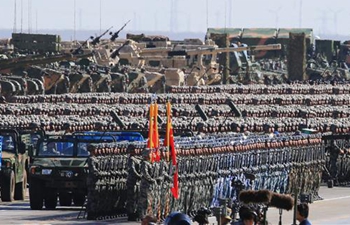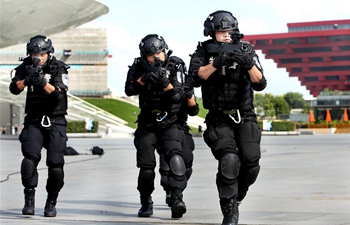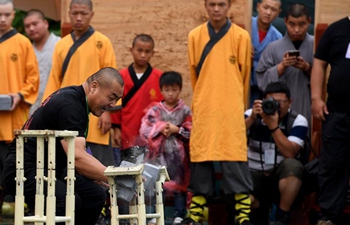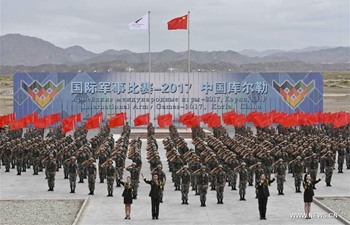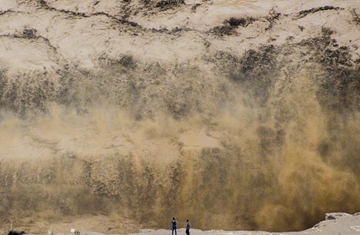BEIJING, Aug. 3 (Xinhuanet) -- What will you think of when it comes to the Forbidden City?Beijing? Red walls and yellow tiles? The home for Ming (1368–1644) and Qing (1644--1911) emperors? World Culture Heritage?
With its magnificent architecture and colorful cultural gems, the Forbidden City is attracting numerous visitors around the globe every day.
Baptized by the wind and rain of over 600 years, it is now more than a cultural symbol. It is a treasure vault full of wisdom and craftsmanship waiting always to be discovered.

Forbidden City (Xinhua file photo)
Forbidden City Replica Withstands Magnitude-10 Quake Test
Recently a video clip showing a replica of the Forbidden City structure withstanding an earthquake measuring 10 on the Richter scale test went viral online. Netizens from home and abroad were shocked by the anti-seismic architecture of ancient Chinese palaces.
In its 600 years of history, the Forbidden City has survived over 200 major earthquakes, including the deadly Tangshan earthquake in north China in 1976 which registered a magnitude of 7.8 on the Richter scale.
So how could the Forbidden City stay untouched through so many deadly earthquakes?
To find out the answer, a unique scale model to replicate the classic Forbidden City structure was built on a shake platform simulating different earthquake forces.
When the test moved beyond magnitude 10, the stone bases shifted around, but the wooden structure remained stable.
According to experts, the traditional "dougong" and "sunmao" structures in Forbidden City’s buildings are like shock absorbers in cars with good buffer effect.
“This is a fabulous proof of the genius of Chinese traditional architecture,” a foreign expert said.
The video has earned “thumbs up” and positive comments from many netizens.




Nails are not needed in the buildings of the Forbidden City. How great is the wisdom of ancient Chinese architects!
Secrets of the Forbidden City Free of Standing Water
In July 2016, heavy rainfall hit Beijing for 55 consecutive hours, resulting in waterlogged roads and buildings. In the Forbidden City, however, standing water was drained off in a mere 20 minutes.
When images of water flowing out of the dragon mouths were put online, they created a buzz on social media.
In fact, there are all together 1,142 stone spouts of dragon head shape in the base platforms of the three main halls in the Forbidden City, through which excess water can be discharged effectively.
In addition, the difference in altitude between the north gate and the south gate of the Forbidden City almost reaches 2 meters, creating favorable conditions for natural drainage.
What’s more, ditches, culverts and drain holes can be found everywhere in the Forbidden City, contributing to the massive drainage system underground. Standing water could be easily discharged through the pipes into the moat or Zhongnanhai.
The drainage system under the Forbidden City has an even longer history than the palaces above ground. According to historical records, no matter how heavy the rain was in Beijing, the system had succeeded in protecting the Forbidden City from flooding.
Up till now, this ancient system still accounts for 90% of the sewerage system in the Palace Museum today.
Secret Weapons in Hot Summer -- Refrigerator and Ice Cellar
Today, we can use air conditioners and electric fans to deal with the summer heat. In a time when there were no such equipment, how did the "Son of Heaven" endure the blistering days in the Forbidden City?
The architectural style of the Forbidden City is a key factor for keeping them happy in hot weather. First of all, the walls of the palace were thick enough to keep indoor space cool. Also, there were ambulatory in chambers where the emperors lived, providing shield from the sun and heat.
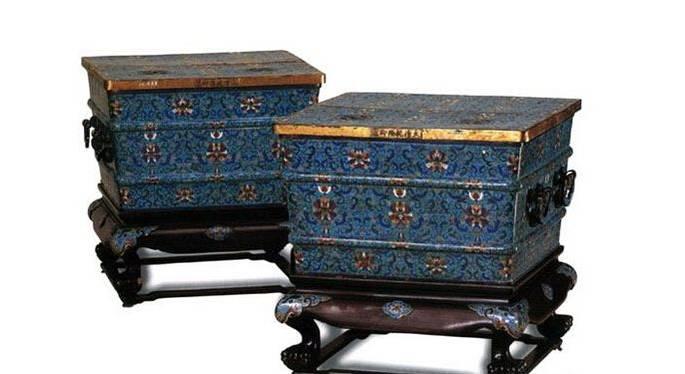
Enamel refrigerators made during Emperor Qianlong's reign(1736-1796) (Photo source:chinanews.com)
The first electric refrigerator in the world was set in 1923. However as early as the Ming and Qing dynasties, refrigerators were already widely in use as important tools to drive away summer heat in the palace. The refrigerators then were made of wood and inlaid with metals of weak thermal conductivity, to slow down the melting of ice cubes inside. There were small holes on the cover through which the icy air could come out and cool the rooms.
The huge amount of ice cubes needed were carefully stored in specially built ice cellars. Today, the royal ice cellars have been developed into service area for tourists.
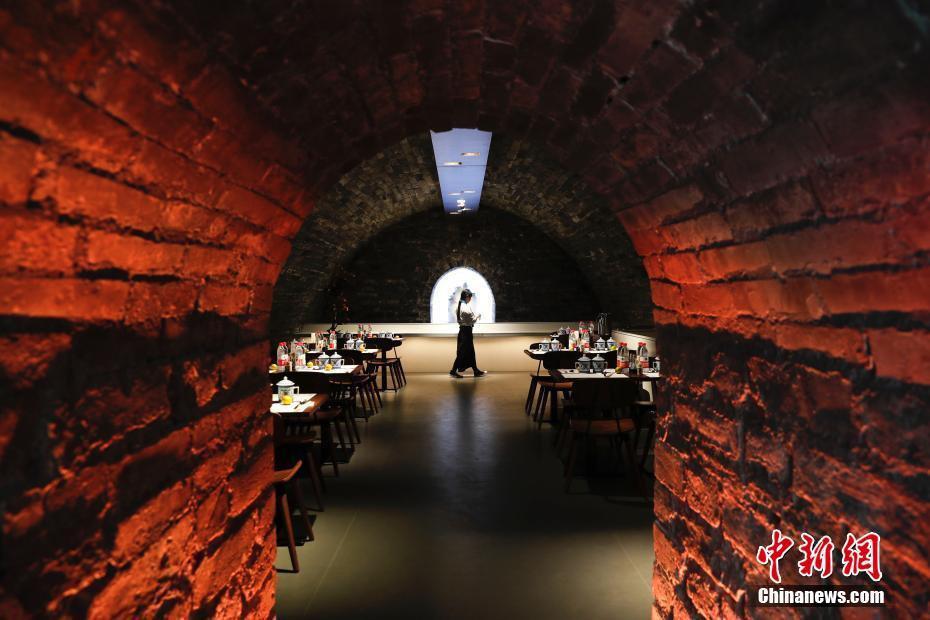
From 2016, the Palace Museum has opened the royal ice cellars as service areas for tourists.(Photo source:chinanews.com)








